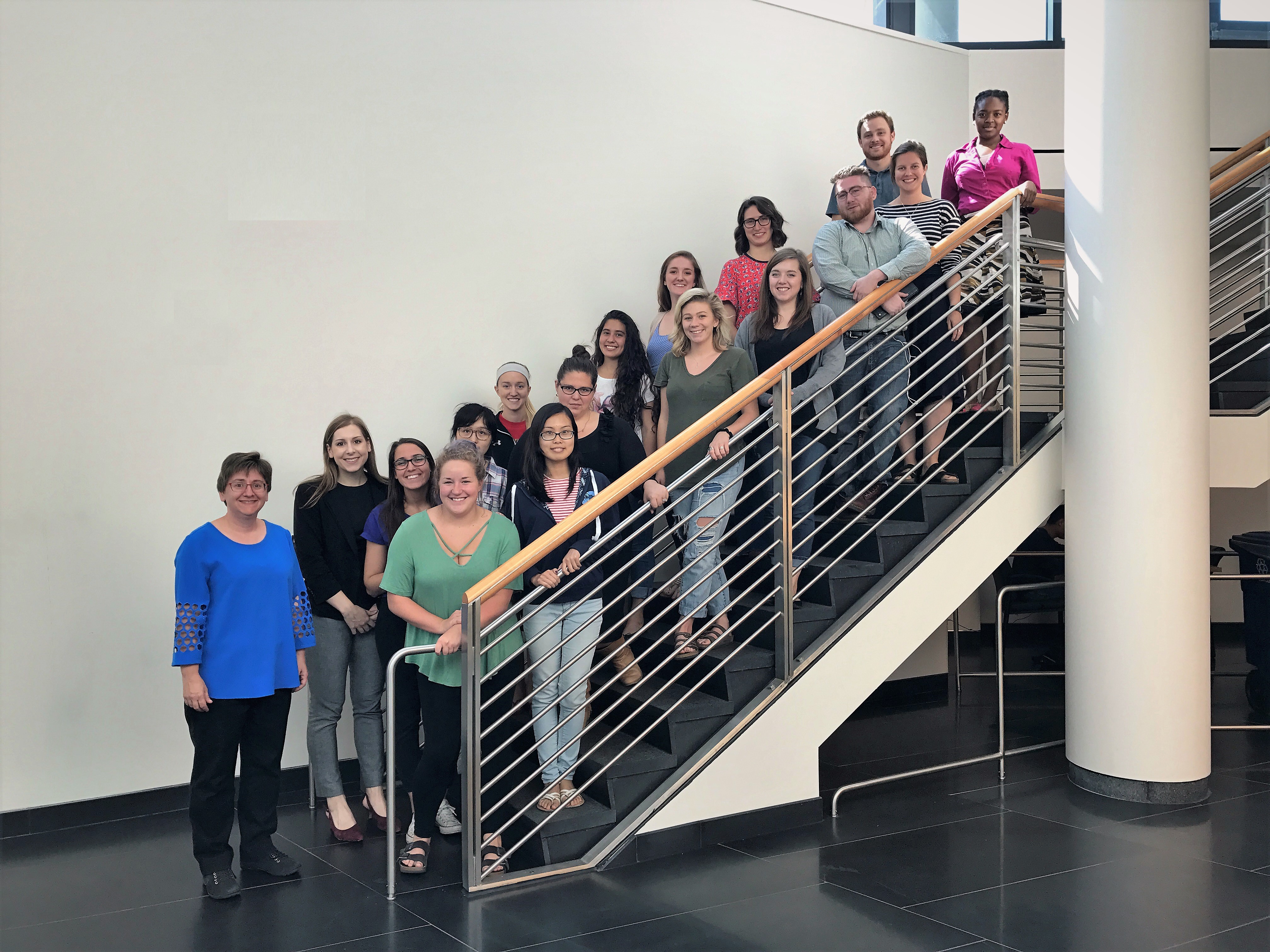Mason City "Aging in Place" Public Health Campaigns
Graduate students in the College of Public Health developed campaigns for the Mason City community that address issues related to the increasing proportion of older residents in the community. The public health campaigns were tailored to help Mason City residents better "age in place", which can mean helping individuals stay in their own homes longer, as well as helping the community adapt and develop resources that make Mason City functional and attractive for older residents.
As the Baby Boomer generation hits retirement age, the number and proportions of older residents in communities across Iowa are rising, signifying a potential change in the way local agencies provide services. Additionally, communities like Mason City and Cerro Gordo County are working to be a place residents choose to live in retirement. Loss of wealth when retirees and older residents move away can negatively impact the local economy.
Officials from the City of Mason City and the Cerro Gordo County Department of Public Health (CGPH) recognize the need to prepare and adapt for the changing needs of residents, both in services and the built environment. The CPGH "Aging in Place" model considers the various needs of older residents as well as local service providers. This model, as well as the City's Comprehensive Plan and Sustainability Plan developed in conjunction with IISC during the 2017-18 academic year, served as a foundation for students to consider how to build connections between residents and the existing agencies.
Groups of public health students within the class developed campaigns designed to connect residents to resources and to strengthen connections to the place the call home. The class is setup to address an issue from a variety of angles, with campaigns that are both focused and complementary. The campaigns include:
- "This is the North End" - This campaign improves perceptions of Mason City's North End neighborhood. Negative stigmas attached to the neighborhood, often considered run-down or dangerous, can have an adverse effect on health and wellness. Data suggests that perceptions don't necessarily match reality. This campaign highlights the people and assets within the neighborhood to alter outside perceptions and instill more pride and cohesiveness for the people that live in the neighborhood.
- "This is Home" - This campaign uses "photo voice" to connect quotes from residents to the places and assets within the community, resulting in a series of branded posters geared toward 40-60 year old residents. The images help anchor these residents to their community as they reach retirement age.
- Transportation - This campaign communicates alternative transportation options to using a personal vehicle. High mobility within the community allows residents to access services, shopping, recreation, and more. Lack of access to a personal vehicle can impact residents of all walks of life and at different life stages- this campaign serves all residents.
- Aging Resources - This campaign connects residents to existing resources and service providers. Additionally, the campaign reaches out to caregivers so they are better aware of resources that enable them to provide care for their loved ones or in a professional capacity.
